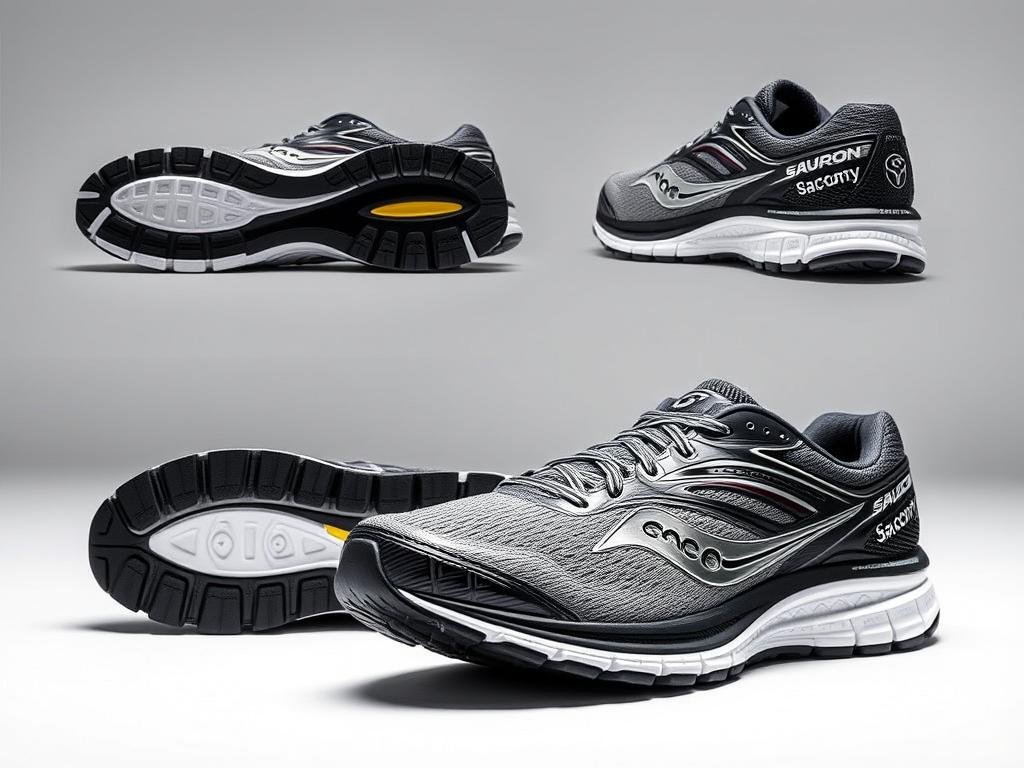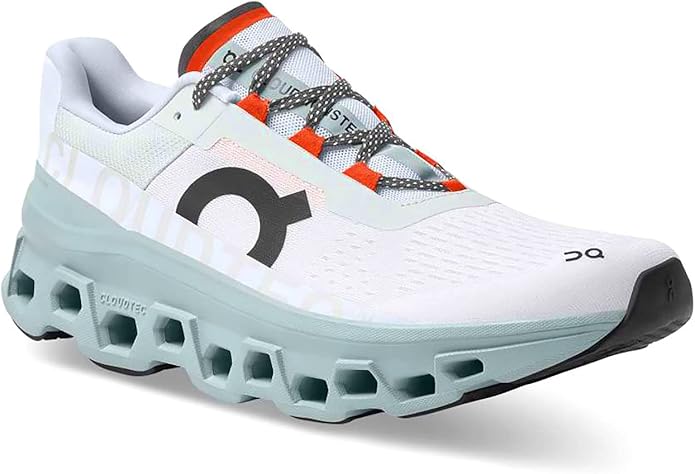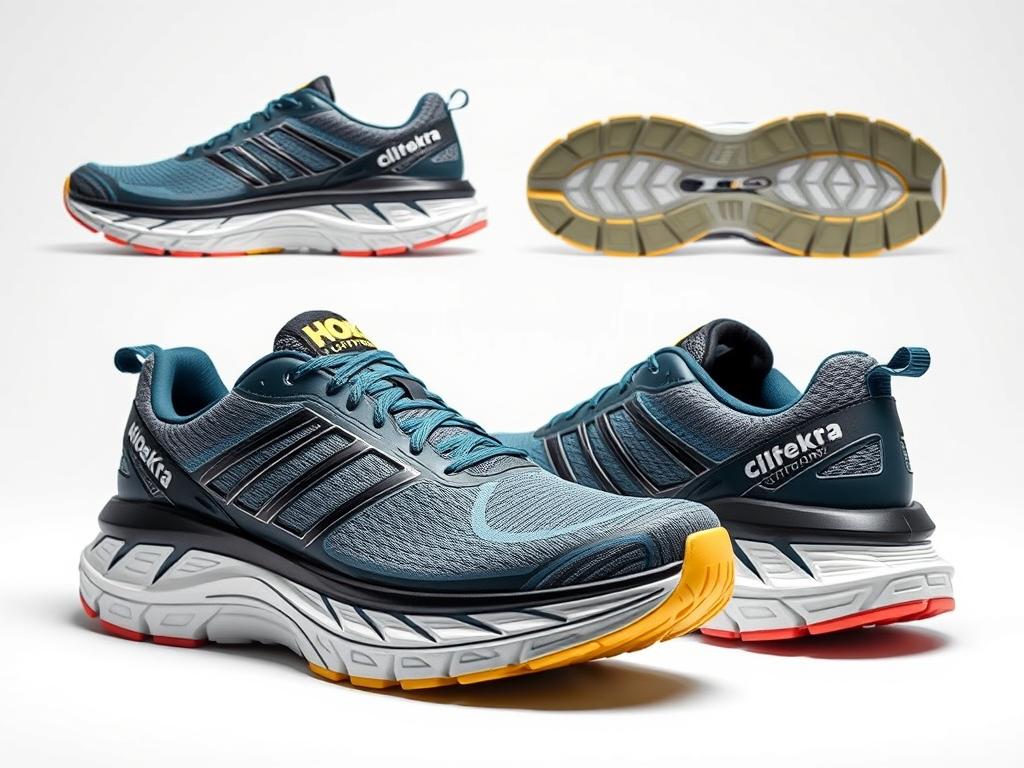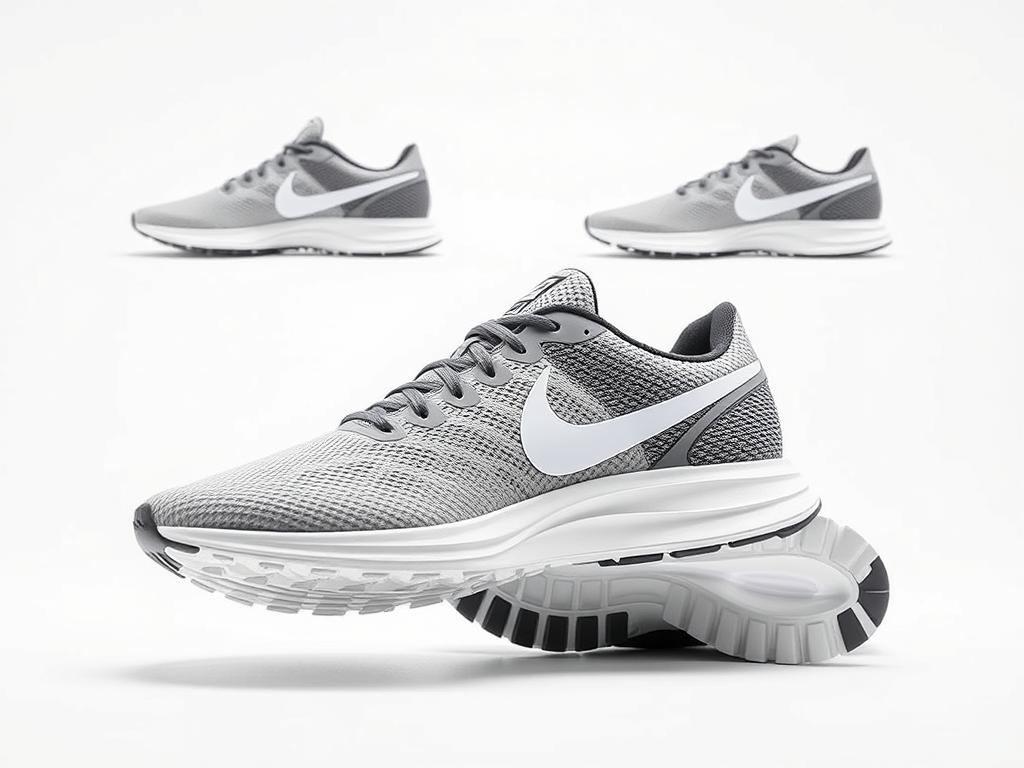Best Men’s Running Shoes
Top Men’s Running Shoes – Quality Products at Affordable Prices
Personal Experience
Consumer evaluation
Global Ratings
Finding the perfect pair of men’s running shoes can be the difference between an exhilarating run and a painful experience. Whether you’re training for a marathon, hitting the trails, or simply jogging around your neighborhood, the right footwear provides the foundation for your running journey. With countless options available, navigating through technical specifications, marketing claims, and price points can feel overwhelming. This comprehensive guide will walk you through everything you need to know to select running shoes that match your unique needs, running style, and goals.
On Cloudmonster
Key technology: CloudTec cushioning features hollow pods that compress upon landing and then lock to provide a solid platform for push-off. Helion superfoam delivers energy return while maintaining durability across temperature ranges. The engineered mesh upper provides targeted support.
Best for: Runners seeking innovative cushioning, responsive feel
Hoka Clifton 9
Key technology: Compression-molded EVA midsole provides signature Hoka cushioning while maintaining a surprisingly light weight. The early-stage meta-rocker geometry promotes a smooth rolling motion from impact to toe-off, reducing fatigue on longer runs.
Best for: Long-distance comfort, runners seeking maximum cushioning
Brooks Ghost 16
Key technology: DNA Loft cushioning provides soft landings without sacrificing responsiveness. The engineered mesh upper delivers breathability and a secure fit, while the segmented crash pad ensures smooth heel-to-toe transitions.
Best for: Everyday training, neutral runners seeking reliable comfort
Saucony Ride 18
Key technology: PWRRUN cushioning provides a responsive yet protective platform. The FORMFIT system delivers a personalized fit by cradling your foot through three layers of cushioning. The engineered mesh upper balances breathability with structure.
Best for: Everyday training, runners seeking reliable performance
Nike Pegasus 41
Key technology: ReactX foam provides 13% more energy return than standard React foam, while Zoom Air units in the forefoot and heel deliver responsive cushioning. The engineered mesh upper features strategic ventilation zones for enhanced breathability.
Best for: Versatile training, runners who value style and performance
Men’s Running Shoe Buying Checklist
New running shoe models typically release annually. Shop for last year’s models during new release seasons (usually spring and fall) to find significant discounts on high-quality shoes. Many retailers offer 25-40% off previous models when new versions launch.
Pro Tip: Seasonal Buying
New running shoe models typically release annually. Shop for last year’s models during new release seasons (usually spring and fall) to find significant discounts on high-quality shoes. Many retailers offer 25-40% off previous models when new versions launch.
Men's Running Shoe Buying Checklist
Follow these steps to ensure you select the perfect pair of running shoes:
Fit Testing Tips
- Shop late in the day when feet are naturally more swollen
- Wear the socks you plan to run in
- Ensure a thumb’s width of space between your longest toe and the shoe’s end
- Check for width—your foot shouldn’t spill over the midsole
- The midfoot should feel snug but not tight
- Your heel should stay in place without slipping
- Walk and jog around the store to test comfort in motion
- Try multiple sizes and widths if necessary
Men's Running Shoe Buying Checklist
Most running shoes last between 300-500 miles before losing their cushioning and support properties. Look for these signs that it’s time for a new pair:
- Visible compression wrinkles in the midsole foam
- Outsole rubber worn down to expose midsole
- Upper material tearing or stretching out
- Asymmetrical wear patterns (indicates biomechanical issues)
- New aches and pains after running
- Loss of cushioning or “flat” feeling

Finding Your Perfect Running Companion
Selecting the right men’s running shoes is a personal journey that depends on your unique biomechanics, running goals, and preferences. While this guide provides a comprehensive framework for making an informed decision, nothing replaces the experience of trying shoes on and feeling how they respond to your specific running style.
Remember that even the most technically advanced shoe won’t perform well if it doesn’t fit your foot properly. Take the time to visit specialty running stores where knowledgeable staff can analyze your gait and recommend options tailored to your needs. Many stores offer treadmill testing and generous return policies that allow you to ensure your shoes perform well during actual runs.
Investing in proper running footwear is one of the most important decisions you can make as a runner. The right shoes not only enhance your performance but also protect your body from the repetitive impact of running, allowing you to enjoy this rewarding activity for years to come.
Running shoes can work for some gym activities like treadmill running and cardio machines, but they’re not ideal for weightlifting or cross-training. Running shoes have cushioned, elevated heels that create instability during lifts, and lateral movements in classes can damage their structure. For gym workouts, consider cross-training shoes that offer more lateral support and flatter, stable bases.
You can perform a simple “wet test” by wetting your foot and stepping on a paper bag or dark paper. A complete footprint indicates flat feet (likely overpronation), a footprint with a distinct curve on the inside indicates neutral arches, and a footprint showing mostly forefoot and heel with little middle connection suggests high arches (possible underpronation). For a more accurate assessment, visit a specialty running store for gait analysis or consult a podiatrist.
No, running shoes should feel comfortable immediately. Unlike leather dress shoes, running shoes don’t “break in” significantly. They should provide a thumb’s width of space beyond your longest toe, feel secure (not tight) in the midfoot, and have no heel slippage. If they feel uncomfortable in the store, try a different size, width, or model. Minor upper stretching may occur, but the cushioning and support structure won’t adapt to your foot.
The value depends on your needs and running volume. Premium shoes ($150+) typically offer advanced cushioning technologies, lighter materials, and specialized features that benefit serious runners logging high mileage or seeking performance advantages. However, mid-range shoes ($100-140) provide excellent quality for most recreational runners. The most important factor is finding shoes that fit your specific foot shape and running style, regardless of price point.
Transition gradually to avoid injury. Start by wearing minimalist shoes for short periods (15-20 minutes) during walks or brief runs. Increase duration slowly over 2-3 months. Consider intermediate shoes with a 4-6mm drop before moving to zero-drop. Focus on forefoot/midfoot striking rather than heel striking, and expect some calf and Achilles soreness as these muscles adapt. Strengthen your feet with exercises like toe spreads, short barefoot walking on soft surfaces, and calf raises.
Yes, there are structural differences. Men’s shoes are typically built on wider lasts with more volume throughout, reflecting average male foot shapes. Women’s shoes often feature narrower heels, wider forefoot proportions, and sometimes softer midsole materials to account for lower average body weight. However, these are generalizations—some men may find better fits in women’s models (usually going up 1.5 sizes) and vice versa, depending on individual foot shape.

Researched by safety & security experts
Like what you've read?
Share it with your friends






